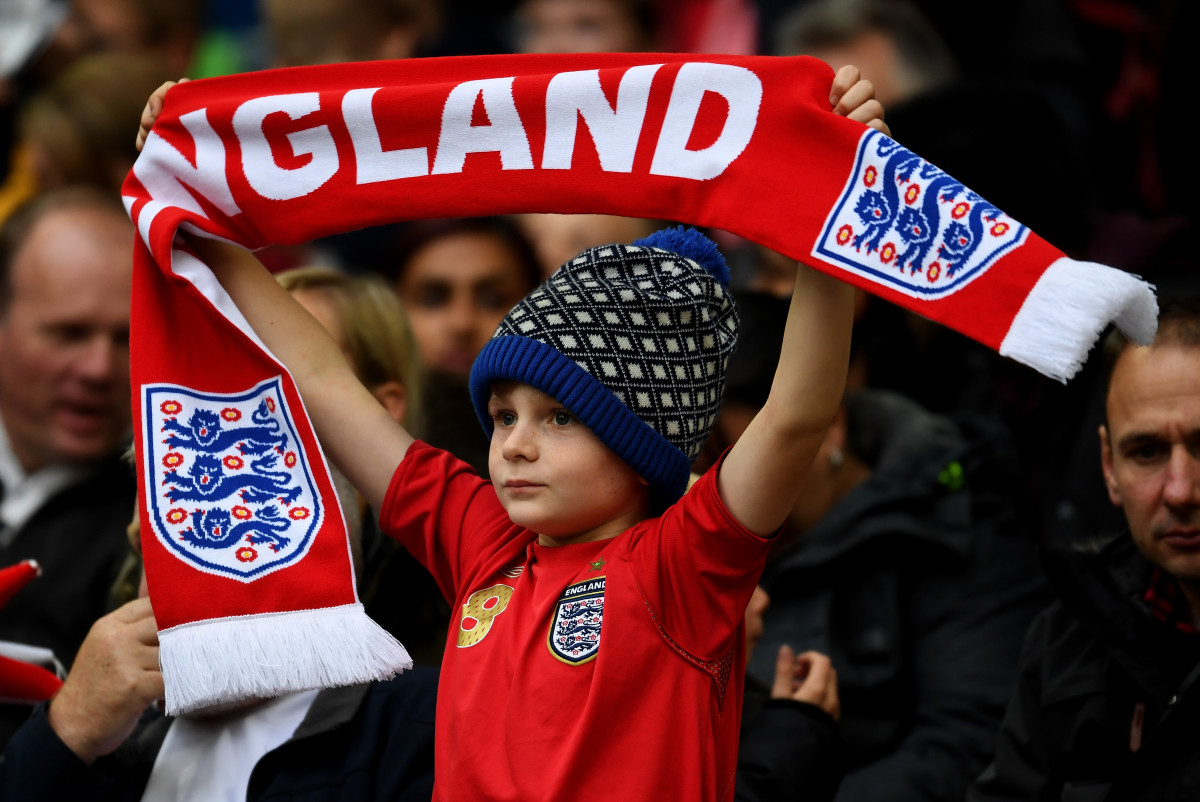Not so long ago, a PL CEO told me that anyone who put a betting brand on the front of their shirt “didn’t know what they were doing”. At present there are seven of the twenty PL clubs advertising the wares of assorted gambling companies. Just before Christmas, The Football League announced a three year extension with SkyBet as its title sponsor. Of course the latter is complicated by being tied into the wider broadcasting deal but the point remains: football fans are getting older and the next generation – Generation C – have more options to spend their time and money than ever, before we even get into the debate about spiralling ticket costs. Instead of partnering with brands who are not just relevant and value-adding, but also actually legally-permitted to communicate with younger fans, football tends to take the path of least resistance.
Throw in a further two PL clubs whose sponsors (from different sectors) also require their audience to be at least 18 and a pattern quickly emerges. A quick (and not especially scientific) twitter poll after the announcement of the SkyBet deal returned the obvious response that it was all about the money. Of course it is, much as we like to hype the sport, football has no other bargaining chips.
Whilst the top clubs in the PL are bringing in extraordinary levels of sponsorship income (predominantly from non-betting, though far-from-ideal marketing partners) at the bottom, some clubs are generating low 7-figure shirt income. The reasons for this have been covered ad infinitum on this blog but, returning to fact 2 (above), that money often doesn’t even cover the annual wage of ONE member of the club’s squad.
The Club sponsorship model tends to be linear and inelastic: there is little value-add over above the rights fee. Sponsorship is treated as a simple revenue vertical, with rights going to whoever stumps up the biggest amount of cash and little interest paid to any other benefits they might bring. There is usually little interaction with other business areas or discussion about what the best holistic deal might look like. The respondents to my rhetorical tweet are nothing if not pragmatic.
There are two questions that spring to mind:
1. Are football’s decision makers aware of the threat to the next generation of fans?
2. Given that most are unlikely still to be in their positions in 5 years’ time do they care enough to do anything about it?
There is a huge opportunity to do something good, that will build long-term value in our sport. If we don’t grasp that nettle, there is a real risk that the next generation will just switch off.
© The Fan Experience Company 2020

